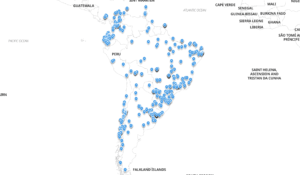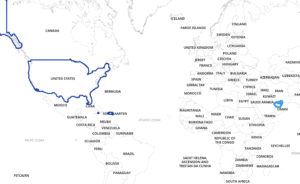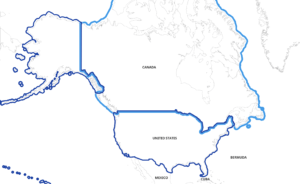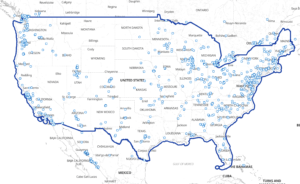Natural disasters are a growing concern in today’s world. Every year, we hear about more catastrophic events that have taken place around the world, from hurricanes and floods to earthquakes and wildfires. Unfortunately, these catastrophes not only cause immense emotional and physical damage but also come with a high economic price tag.
The recovery process from these events can be quite expensive, making it difficult for countries and communities to recover quickly.

Disaster management cycle
The disaster management cycle is a continuous process that involves mitigation, preparedness, response, and recovery from disasters. This cycle is crucial for governments, businesses, and civil society to minimize the impact of disasters on people, infrastructure, and property.
Effective actions at all stages of the cycle can result in better preparedness, early warnings, and reduced vulnerability. The cycle also involves shaping public policies and plans that modify the causes of disasters or mitigate their effects on society.
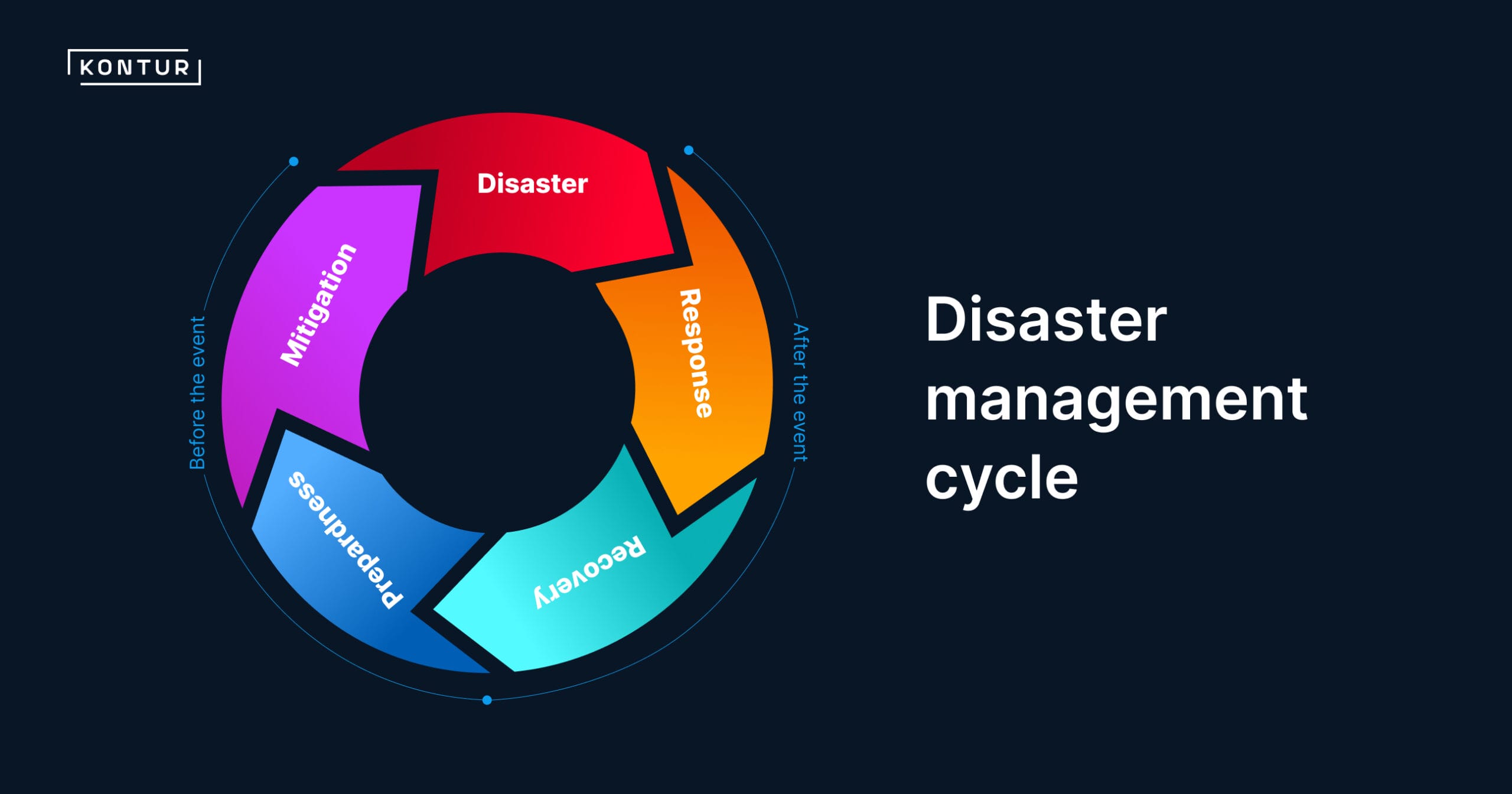
Emergency managers are professionals who are responsible for any stage of the disaster management cycle. Their job is to work with various organizations, agencies, and stakeholders to develop and implement plans and procedures that can help mitigate the impact of disasters on people, property, and infrastructure.
They may work for government agencies, non-profit organizations, or private companies that are involved in disaster management activities. The role of a disaster manager is critical in ensuring the safety and well-being of individuals and communities in the face of natural or man-made disasters.
Emergency managers can make a variety of decisions, including but not limited to:
- Identifying areas that are at risk
- Determining where help is needed the most
- Assessing the severity of an event in a particular area
- Determining if international aid is necessary
- Selecting locations for refugee camps or shelters
- Planning evacuation routes
- Developing strategies for rebuilding affected areas
These are just a few examples of the decisions that emergency managers may need to make during disaster response and recovery efforts.
Solutions for disaster response
To further aid in disaster management, we have created several user-friendly interfaces to help manage disaster response, assess current situations, gather insights, and make informed decisions across various fields.
Real-time disaster visualization

Disaster Ninja is a critical event management solution that provides information about recent natural disasters, visualizes mapping gaps, and helps you connect with local mappers for ground truth verification.
As for disaster collection, we have an independent service called Event Feed, that collects information about disasters around the world in a real-time manner and can be reused for any other disaster management solution.
Moreover, we offer an analytical module that calculates different numbers related to disasters, such as the affected population, buildings, and roads. It can also help assess the severity of a current disaster or calculate the preliminary loss of an event.
We applied a machine learning algorithm to compute monetary loss based on historical data and data retrieved from overlaying events’ geometries with Kontur statistical data.
Rapid disaster response

In collaboration with the Pacific Disaster Center (PDC), we created Event Brief, a tool for report creation. It provides critical, life-saving information to aid rapid response during large-scale hazards that pose potentially devastating impacts. It helps anticipate hazard impacts and answer questions such as “What happened? Where did it happen?”, “How bad is it?”, “What actions need to be taken?”.
The Next-Generation Incident Command System (NICS)
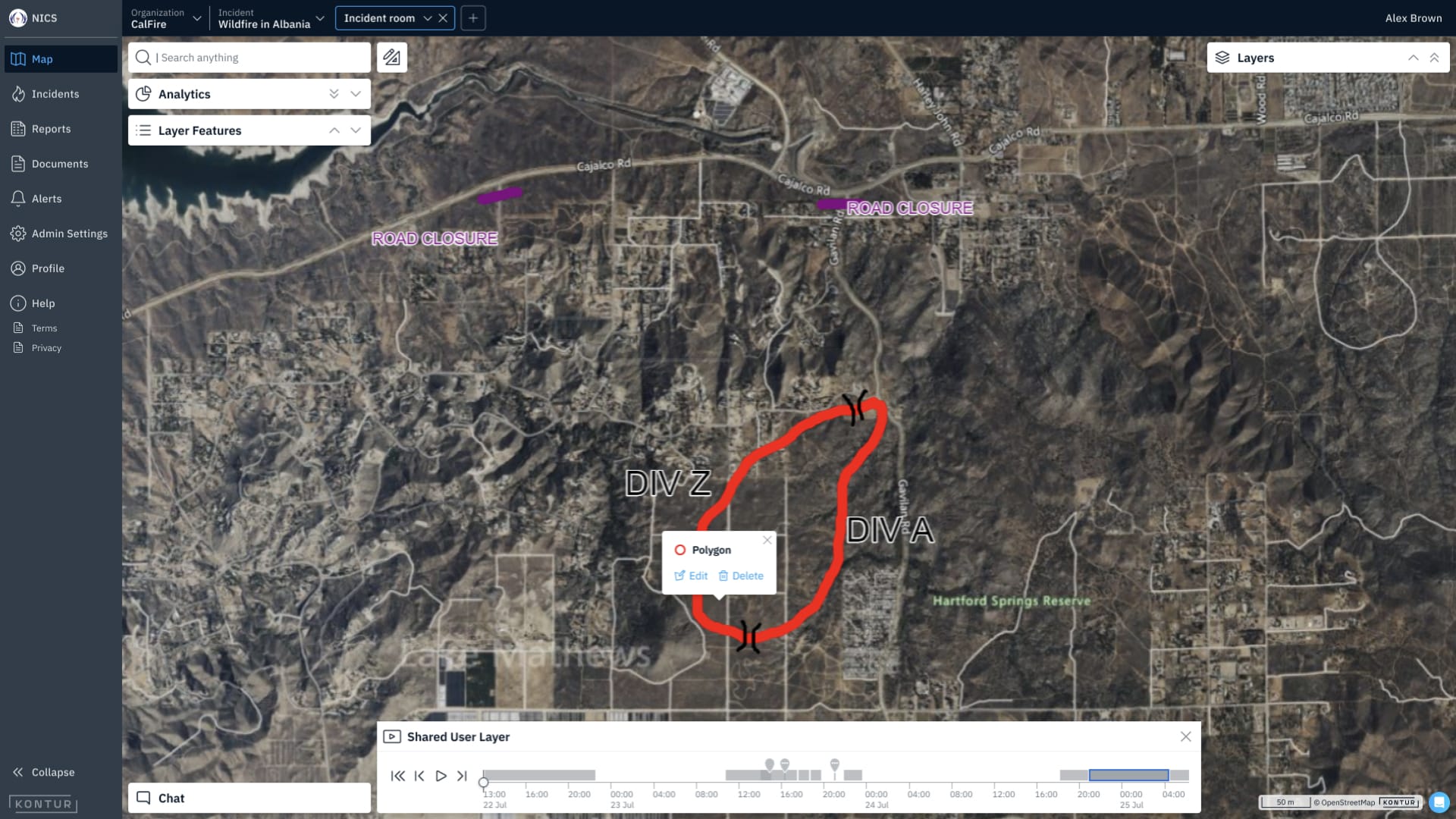
The Next-Generation Incident Command System (NICS) is an advanced incident management software designed to streamline disaster response and revolutionize incident command systems for government institutions. With its comprehensive suite of tools and features, NICS enhances situational awareness, facilitates collaboration, and ensures seamless interoperability between agencies.
The US Department of Homeland Security and MIT granted custodianship to Beacon NGO and Kontur to deploy and modernize NICS.
Emergency routing

Emergency transportation plays a critical role during disasters when time is of the essence.
That’s why we’ve created Dispatcher 112, a solution that visualizes fire service infrastructure and helps to build emergency routing for fire trucks. It saves precious time during critical events and provides access to the same information for different stakeholders.


